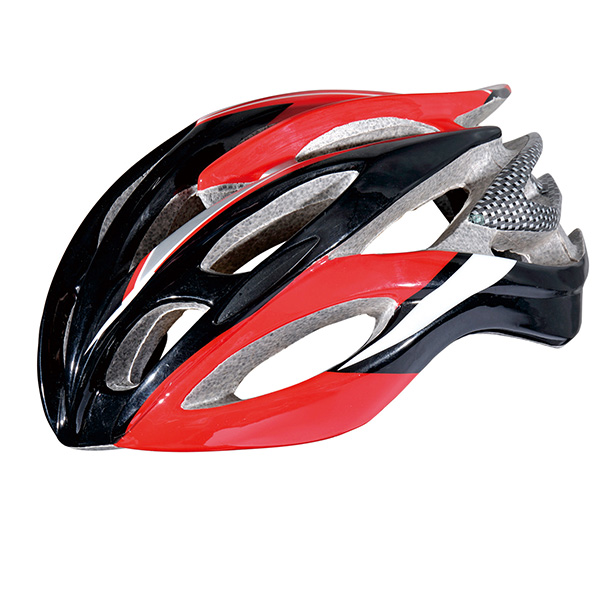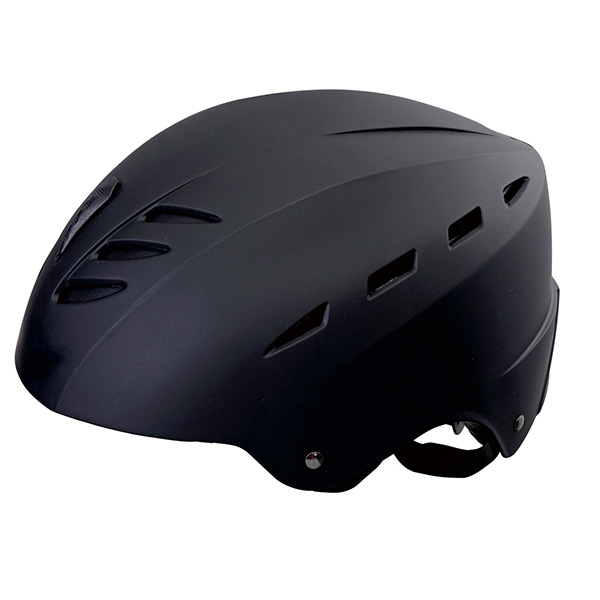Every product is carefully selected by our editors. If you buy from a link, we may earn a commission.
They’re kind of dumb but goddammit ... fixies rule. Folding Bicycles

"I like to ride. Fixed gear, steel frame, no brakes. The bike cannot coast. The pedals never stop turning. Can't stop. Don't want to either."
It's kind of a silly movie, but with those six sentences, Joseph Gordon-Levitt's Premium Rush character Wilee pretty succinctly states both the appeal and insanity of fixed-gear bikes.
The first time I saw the flick, as a New York City cyclist riding a traditional geared bike, I thought it was cool but crazy. I later spent time on a Pure Fix and a State 4130, but I never went "full fixie" — I left the front brake on and actually used it. But then, a few years back, I got hold of a Priority Ace of Spades in a fixie set-up. I don't know if it was the name or the color or the smooth AF belt drive, but this time, I made the jump.
Riding with my buddy/fixed-gear guru Sarang, I learned to use the foot straps for abrupt, back-wheel-hop braking and for extended skids. I quickly removed the rear brake and, a year later, gained enough confidence to ditch the front one. My conversion was complete when I jettisoned the straps, replacing them with Shimano SPD clipless pedals and hitting the streets with a mindset that was literally full gas, no brakes. I've since switched out the flat bars for some funky, pink-taped PNW dropbars designed for gravel, leaning into my new identity as a fixie punk.
Now, as Priority launches one wild, very limited-edition fixie — the crit-ready Joker featuring a massive, 70-tooth, belt-driven front sprocket — I feel compelled to make the case for fixed-gear bikes, which have let me love cycling in a way gears just never could.
If you're already thinking, this guy's crazy, that's fine. I don't blame you. Fixies are, indeed, kind of crazy. But if you've ever been genuinely curious about the appeal, allow me to explain as best as I can.
I've already mentioned but allow me to underscore it: there's really nothing to a fixie's drive train. You've got a ring in front, a smaller ring in back, and a chain or belt between them. There's no free hub, so when the pedals are turning, the wheels are spinning, and vice versa. That means the faster you pedal, the more energy return you get from the momentum you are generating — and the only way to decelerate is to slow your leg motion, fighting against the pedals to slow down, or to straight-up jam them back against the rotation to skid to a stop.
In a world full of carbon frames and tubeless tires and wireless shifters, there's something so refreshing about riding the purest form of bicycle — one that really hasn't changed much from the bikes the great Major Taylor was racing on more than a hundred years ago.
A byproduct of that simplicity is affordability. Both the Pure Fix and State bikes I referenced retail for less than $600, while the Ace of Spades goes for $899. Thanks to flip-flop hubs, the first two can become single speeds in seconds. (The Ace goes from single to fixed with the introduction of an $80 sprocket.)
Biking daily in the city as I do, a lot of bad things can happen to your rig. Your brakes can drag, get loose or cease to respond when the pads wear out. A derailleur can get dinged and throw off your shifting. Your brake and shift cables themselves can break down. And of course, there's the inevitable flat tire and occasional snapped chain.
But with a fixed-gear bike, nearly all of these concerns disappear. You literally don't have brakes or shifters to fail in the first place. Flats still happen, of course, but with no extra parts to clear out of the way, tubes can be patched or replaced pretty quickly.
A fixed-gear chain does require some maintenance — you sometimes need to adjust the position of the rear axle to maintain proper tension. That's part of the reason Priority's bike is a bit pricier; the belt drive never has to be lubed, it never rusts, it never loses tension, and it would pretty much take an act of God for it to break.
I can't lie, the first time I (briefly) tried a fixed-gear bike on an ill-fated date many years ago, I was terrified. Rolling out into New York City traffic on a vehicle constructed for continuous motion with no dedicated brakes is scary as hell. I was praying for green lights just so I wouldn't have to worry about attempting to stop.
Meanwhile, riding uphill — over a bridge, for example — is a real workout. You'll probably have to stand up on the pedals to really move, and there's no coasting down from the top — just more (controlled) pedaling to ensure the wheels don't start spinning so fast that your legs can't even keep up.
And here's where it's kinda dumb and not for everyone: With so many great bikes designed to stop on a dime, climb efficiently and blissfully cruise down hills, why the hell would anyone want to ride something that can't really do any of those things?
The best comparison I can make is to a manual transmission car. Yes, it requires more attention and ability to properly operate. You can't just coast along, you've gotta be engaged in the exercise, monitoring your speed, trajectory and everything around you to keep the shiny side up. But when you do get the hang of it, it's just so damn satisfying. And yes, there's at least a dash of bike snobbery in knowing your bike requires a very particular set of skills just to ride.
Last summer, I went to a birthday party at a brewery off 134th Street in Harlem. When it was over, this dude Josh I know from the bike protest community and I realized we were both headed downtown — to Brooklyn and 15th Street, respectively. I was already planning to ride fast and not stop, but Josh races fixies and works as bike messenger, so for him time truly is money, and his definition of speed is next level. We chatted a bit while downing Gatorades from a nearby bodega, then headed toward 5th Avenue. He was probably on cruise control, but for me, it was a Premium Rush moment. I'd resolved to stay on his tail as we darted through traffic, zipped through intersections and generally hauled ass downtown. Occasionally we veered or slowed slightly to dodge crosstown traffic, but our pedal pace was pretty damn frantic the whole way. We couldn't stop, and we didn't want to either.
I've done some other fun fixie rides — like a 100-mile charity bike to the beach and a brief test ride of the truly bonkers Joker — but holy crap, 120 blocks in probably 25 minutes was a fuckin' blast.
I don't expect everyone to understand — or think it makes any sense at all — but when you do, the idea of riding one of them fancy bikes with brakes and gears and shit just seems so damn ... boring.

Kids Bikes Editor's note: Weighing just 16 pounds, with that monster front sprocket and silky-smooth belt drive, the Joker ($1,399) is an ultra-fast, velodrome-ready beast. Interested? It will be released at 10 a.m. Eastern on March 20th, in extremely limited quantities, so do not dally.